Chocolate ultimately comes from the beans of the cacao plant, but knowing that just brings up more questions than answers. What is a cacao plant, where does it grow, how exactly does it get from the ground to the grocery store, and does any of that matter for how my chocolate tastes? (Spoiler: it turns out it matters a lot.)
We’ll answer all of those questions in this blog post all about the cacao tree and its beans, the most important ingredient in any good bar of chocolate.
What is chocolate made of?
All chocolate starts its life hanging on a tree. The scientific name of that tree is Theobroma cacao— Greek for “food of the gods” — but it is commonly referred to as a cacao or cocoa tree.
These trees grow to be 15-25 feet tall, and produce small white flowers that later develop into fruit pods. Cacao fruits are typically 4-14 inches long and contain anywhere from 30-45 cacao beans surrounded by a white fleshy pulp.
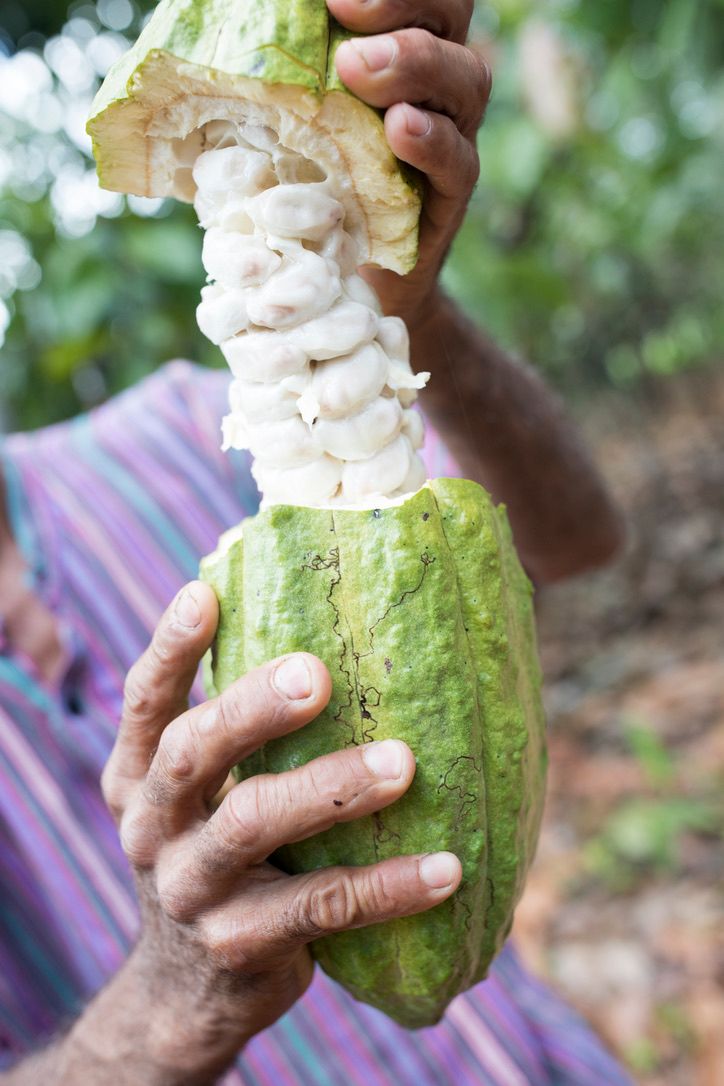
Each cacao bean contains nibs which provide nutrients for the seed in the form of fat, and would become the first leaves on a newly sprouted plant. This same fat that would fuel the growth of a cacao seed is what is eventually extracted as cocoa butter, one of the main ingredients in chocolate.
Originally native to the Amazon and later spreading north into Central America, the tree gained its evocative scientific name in part because of the high regard the Aztecs had for the plant and the drink they would prepare from its beans, which they called "Xocolatl" (pronounced “sho-ko-LAH-tl”).
The main varieties of cacao
Today, there are four main varieties of cacao. The most common is called Forastero, which is mostly grown in West Africa.
Other varieties include Criollo, Trinitario (a hybrid of criollo and Forastero), and Nacional. Because their beans produce chocolates with unique flavors, criollo and Nacional cacao are mostly used to make certain specialty chocolates, and Nacional gets its name from the fact that it is only grown in Ecuador.
Most chocolate today, however, is made from hybrid cacao breeds because they are more resistant to pests, among other reasons.
Where does cacao grow?
Given its origins in the Amazon, it should come as no surprise to learn that the cacao tree thrives near the equator in warm, humid climates.
In fact, most of the world’s cacao trees are grown within 20 degrees north and south of the equator. The primary growing regions are South America, Southeast Asia and West Africa.
While cacao grows all over the world, according to the International Cocoa Organization, over 60% of the world’s production comes from just two West African countries: Ghana and Côte d’Ivoire. The next largest producers are Ecuador, Cameroon, Nigeria and Indonesia.
Cacao growing conditions
Where the cacao that goes into your chocolate grows has an important impact on some of its characteristics. A number of different climatic factors — from growing temperature to rainfall — can affect the specific chemical composition of the fats in cacao beans.
The fat profile of chocolate can affect everything from its appearance to how it feels in your mouth, so a chocolate made from beans grown in a cooler, drier climate could be noticeably different from one made from beans grown in a hotter, wetter climate.
These effects could even lead to two chocolates made from beans harvested from the same field but during years with different climatic conditions feeling very different when you pop them in your mouth.
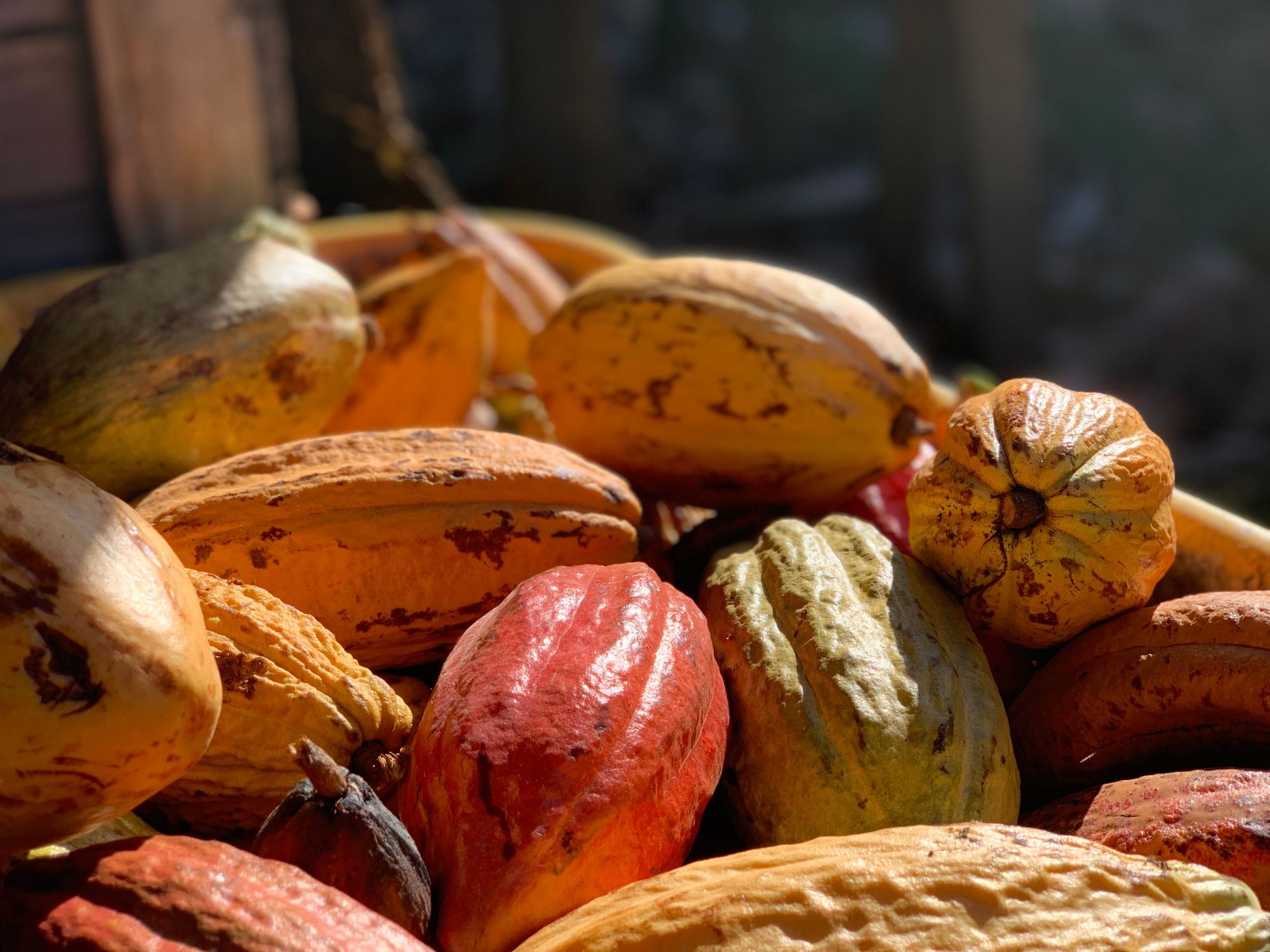
How to make chocolate from cacao beans
But how exactly do cacao beans go from growing on a tree to being worked into a bar?
We’re not going to go through the whole process here, but there are two key steps growers must take before they ship their beans to chocolate manufacturers: fermentation and drying. How these processes are carried out can have an outsized influence on how a chocolate will taste.
Cacao bean fermentation
The first step in preparing beans for shipping is fermentation, which kills the cacao seed and creates some chemical changes in the bean that are important for giving chocolate its characteristic flavor.
Growers ferment cacao beans using either a box or heap method.
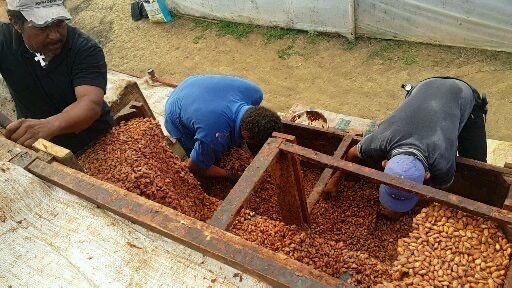
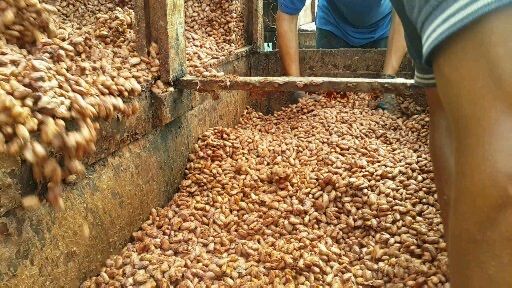
In the box method, growers set the beans out in large boxes with drainage holes at the bottom, turning them regularly to ensure all the beans get good exposure to the air. In the heap method, they pile beans together and cover them with banana leaves.
During either process the beans heat up to between 113 and 122 degrees Fahrenheit, killing the seed and causing the white pulp that encases the beans in the fruit to drain away.
Both methods take five to six days to have a full effect.
The effect of fermentation on flavor
The details of the fermentation process can have a noticeable impact on the taste of chocolate as well.
Box fermentation, for example, creates more acids which permeate the beans because they are turned and aerated every day, so chocolate made using box-fermented beans can taste more acidic than chocolate made with heap-fermented beans.
Aerating beans that are heap fermenting by turning them periodically will have a similar effect.
Drying cacao beans
After being fermented, the beans must be dried so that they don’t become moldy during shipping.
If the climate permits it, a popular method is sun drying, where beans are spread on trays in the sun until they are sufficiently dry, but are covered at night or during inclement weather.
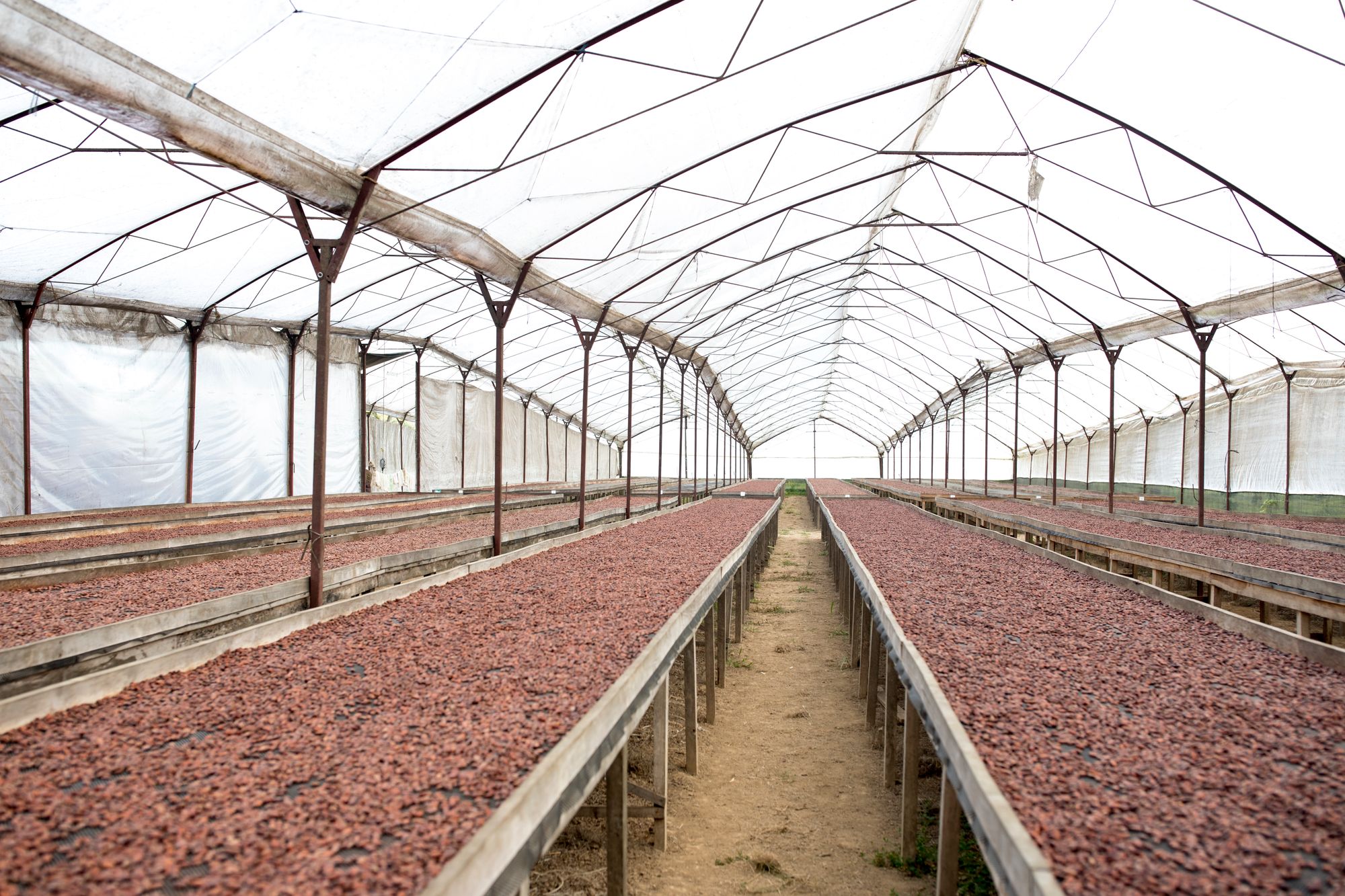
Most other methods rely on heated air to dry the cacao beans, but growers must be careful not to introduce any contaminants like wood smoke into the hot air or the chemical profile of the beans might change and the flavor of the resulting chocolate will suffer.
The beans are dried until they have a moisture content of 7-8%, which is low enough to prevent mold growth, but high enough that the beans don’t become overly brittle and break while they’re in transit.
Once the beans reach their destination, they will be roasted, and the nibs will be separated from the bean shells then milled as part of the chocolate-making process.
Cacao vs. cocoa
With all the discussion about cacao in this blog so far, you may be wondering about cocoa. How is it any different than cacao?
Technically, cacao refers to the tree and its beans before they have been processed. Cocoa refers to the beans after they have been fermented and dried, as well as any products made from these processed beans.
Beans growing on the tree are cacao, but beans that are ready to be shipped and made into chocolate are cocoa.
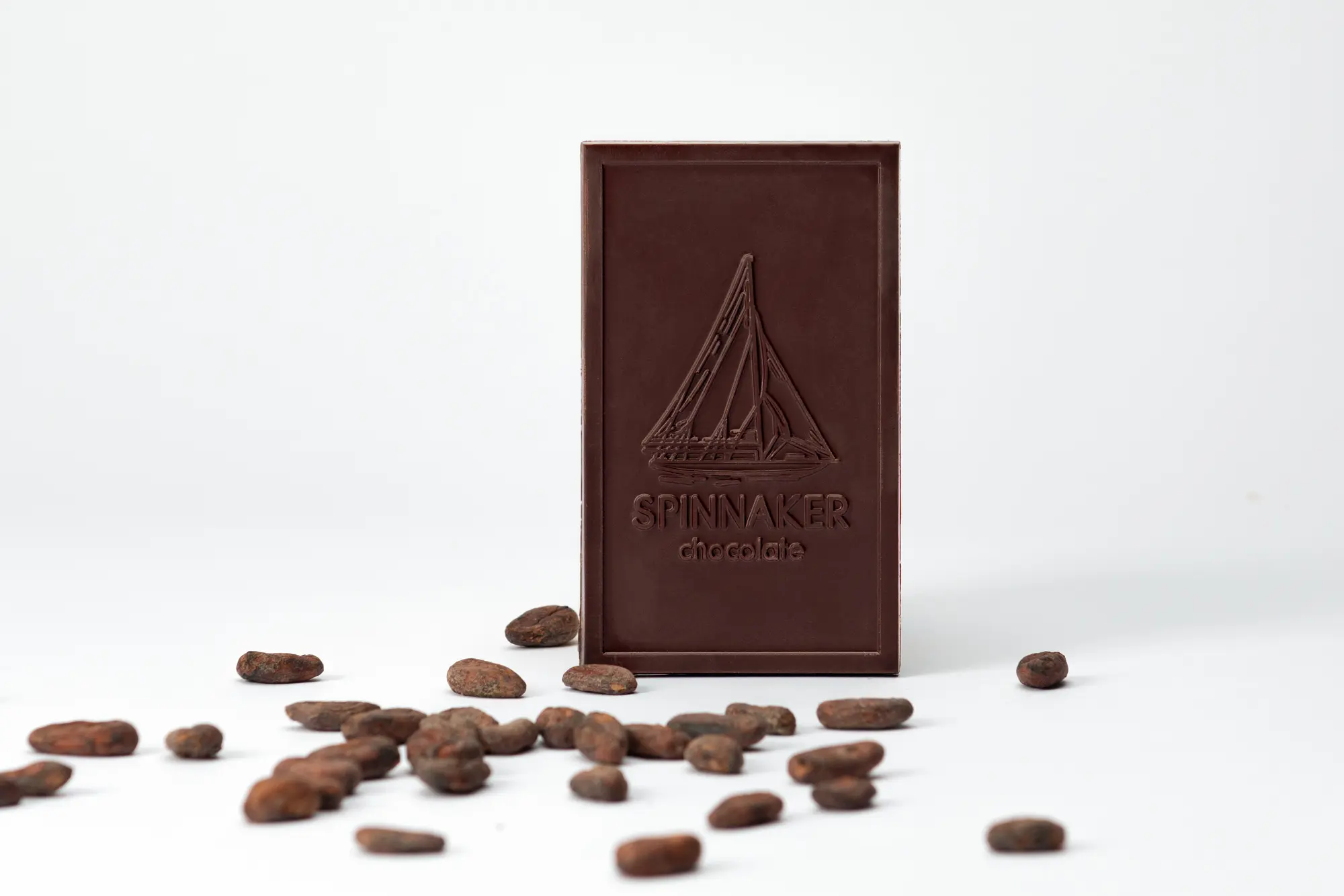
From bean to bar
So, the short answer to the question “Where does chocolate come from?” is that it comes from the beans of the cacao tree, but this answer hides some important details. Getting chocolate from cacao beans isn’t as simple as just grinding them up, mixing them with some sugar and calling it a day.
To really understand where chocolate comes from, you have to know a little bit about the cacao tree, and how its growing conditions and the way its beans are processed can affect everything from the taste to the texture of chocolate.
The more we learn about the science of chocolate-making, the clearer it becomes that how cacao beans are cultivated and prepared is hugely important for making good chocolate. Like the kind of grapes used to make a wine, the beans really can make or break a bar.
A flavorful craft chocolate bar represents the culmination of a long, methodical process that started years ago, far from any production line or factory, with the soil and climate that nurtured a young cacao tree.
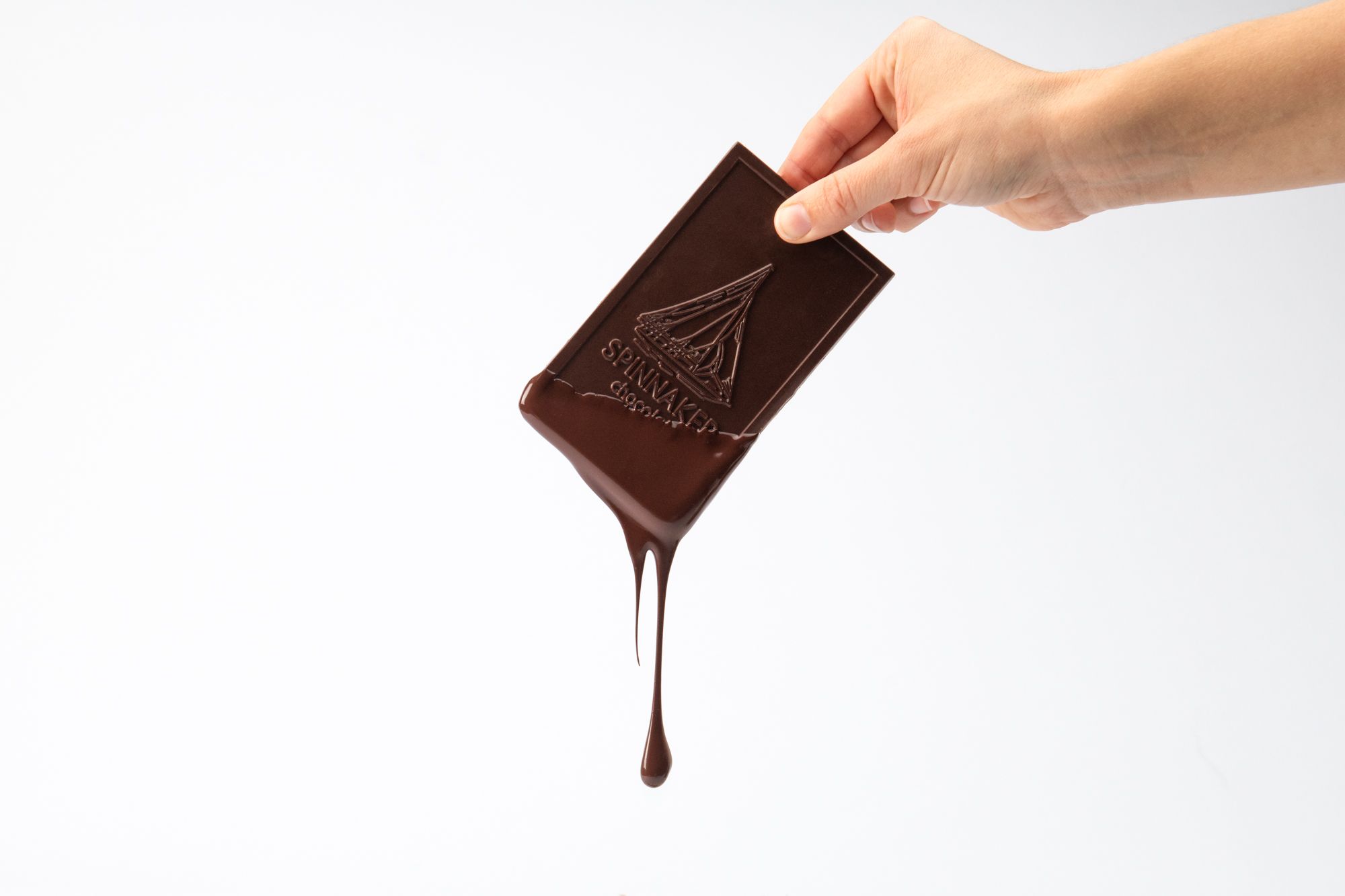





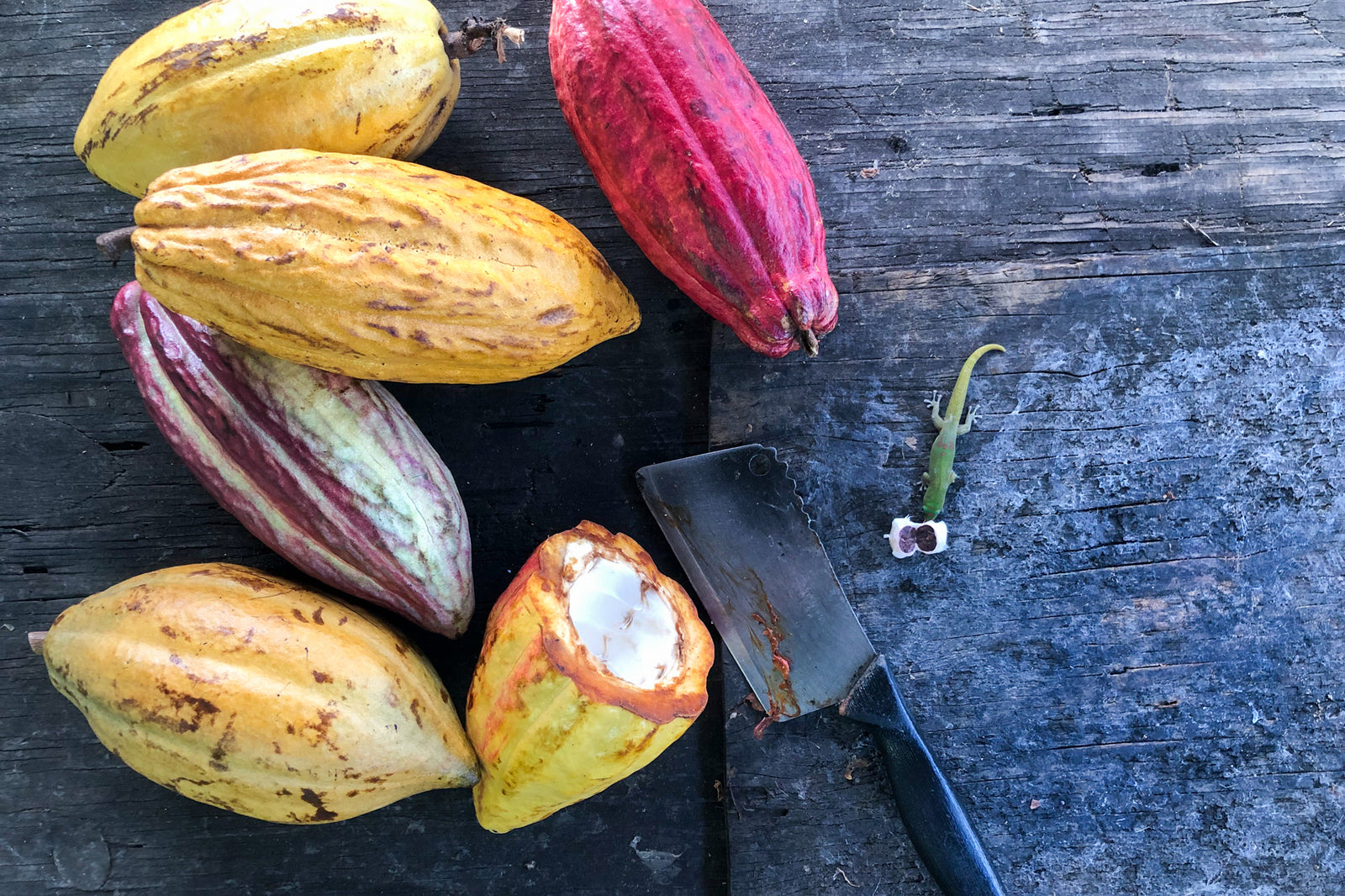
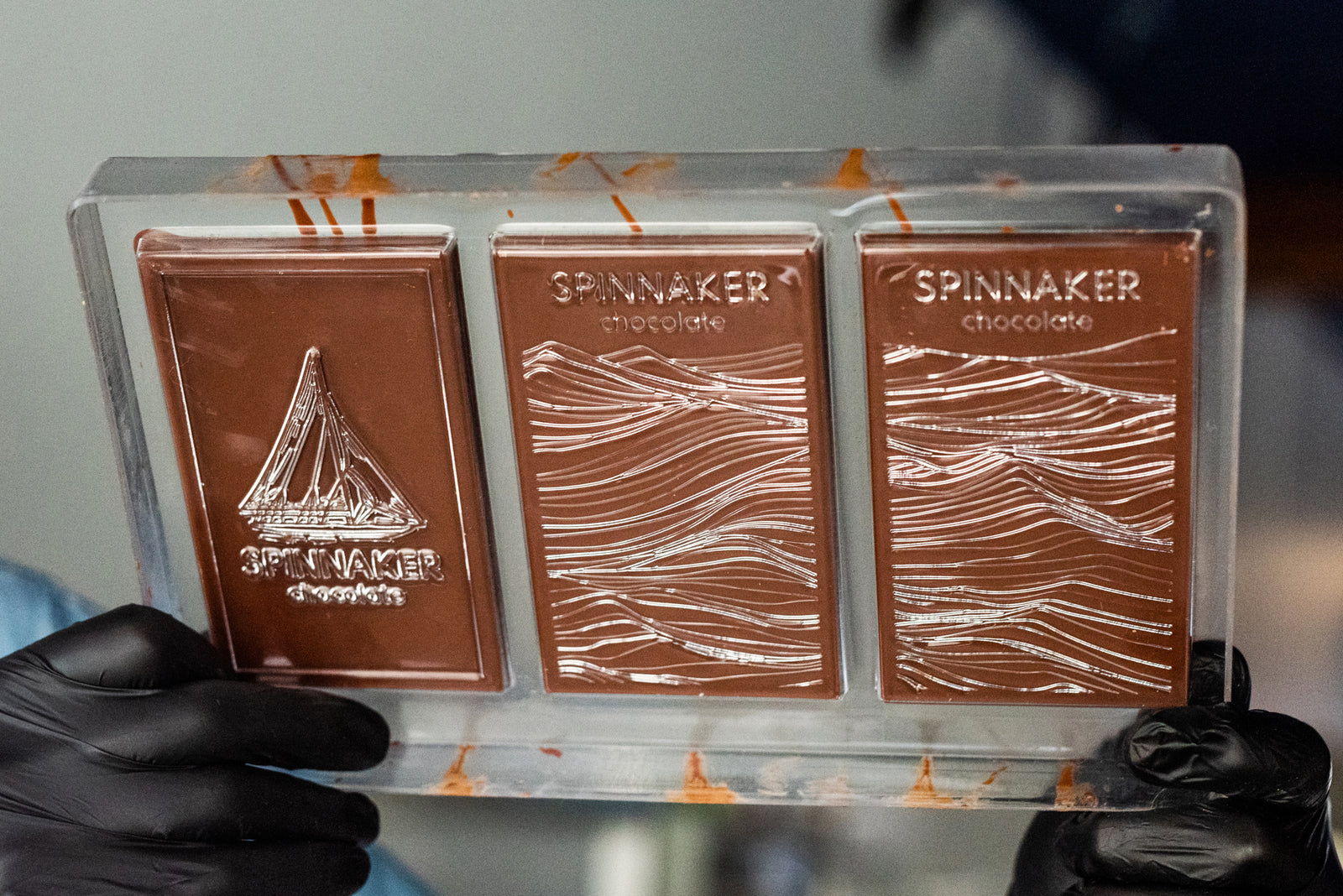
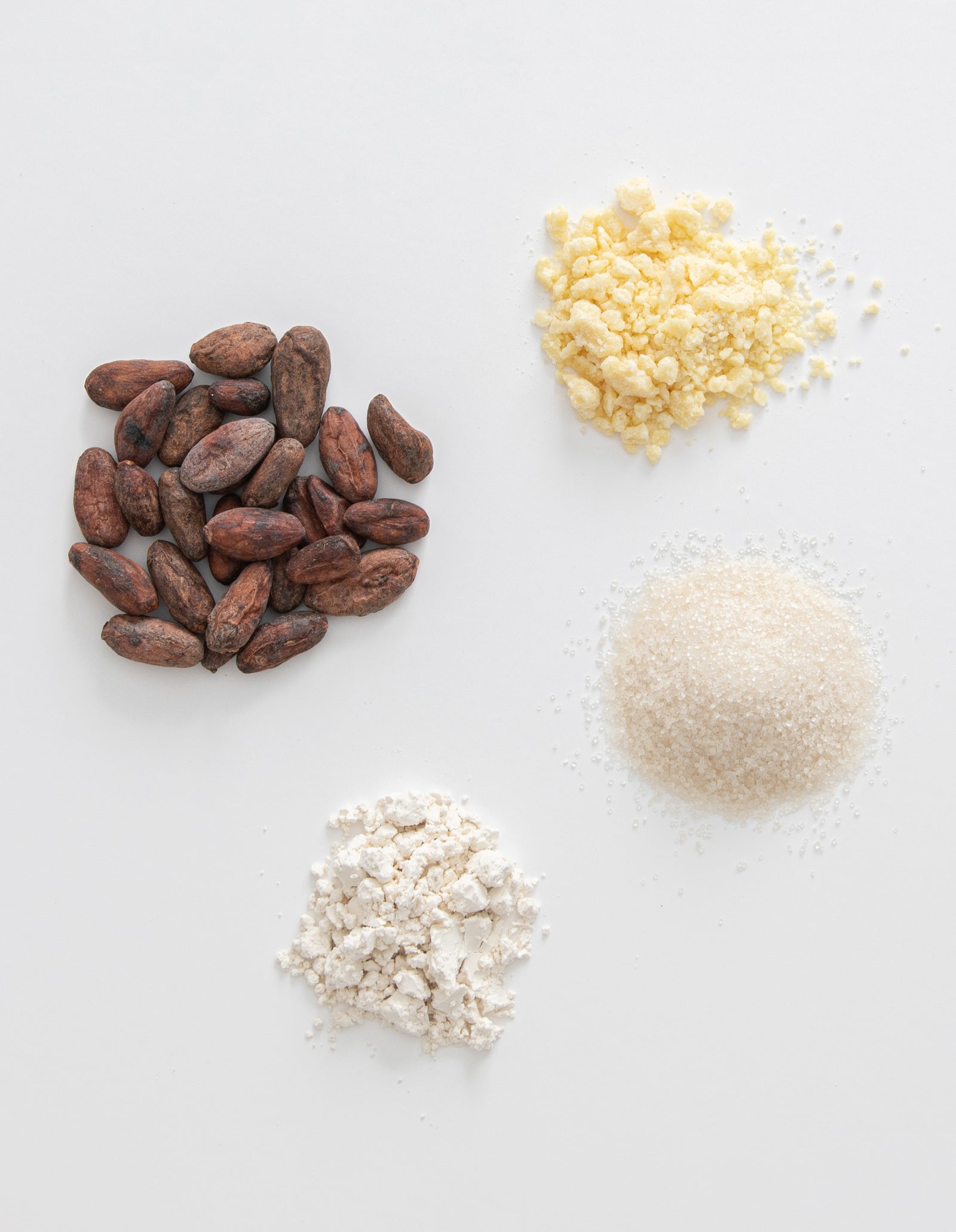
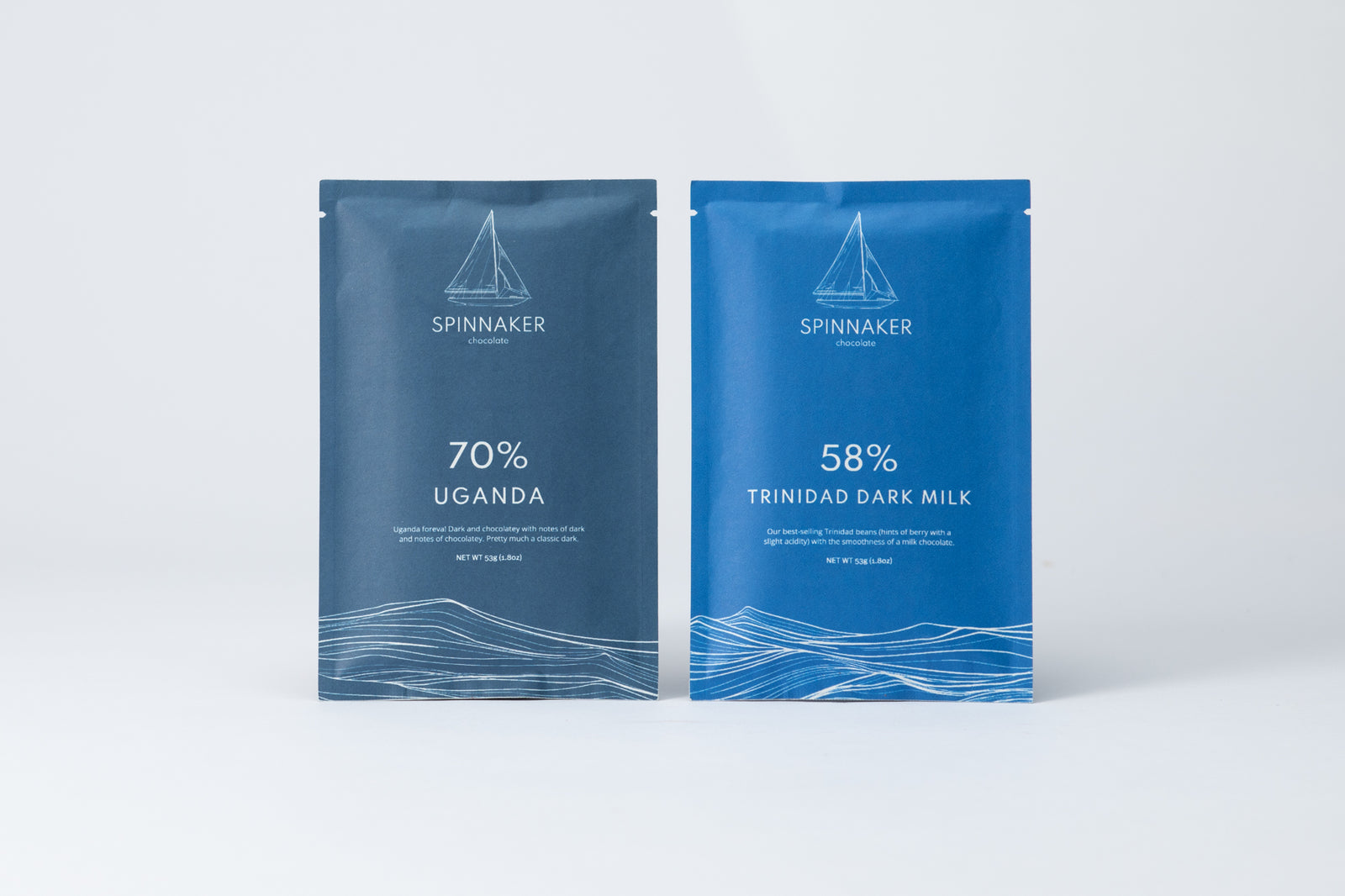
Leave a comment (all fields required)